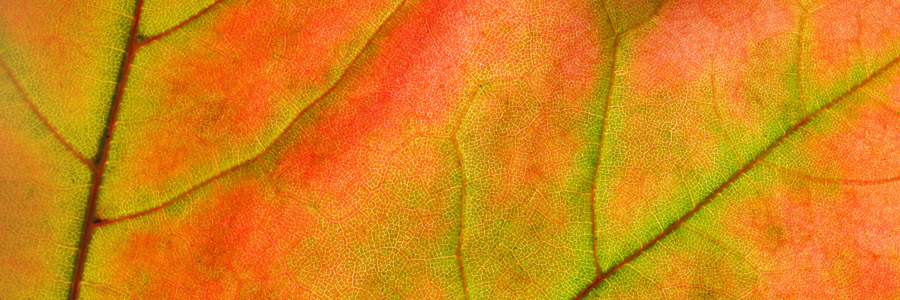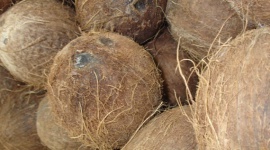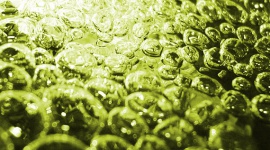The underlying reasons for harvest colors
What makes the rainbow taste so good?
By Abha Gupta - Horticulturist
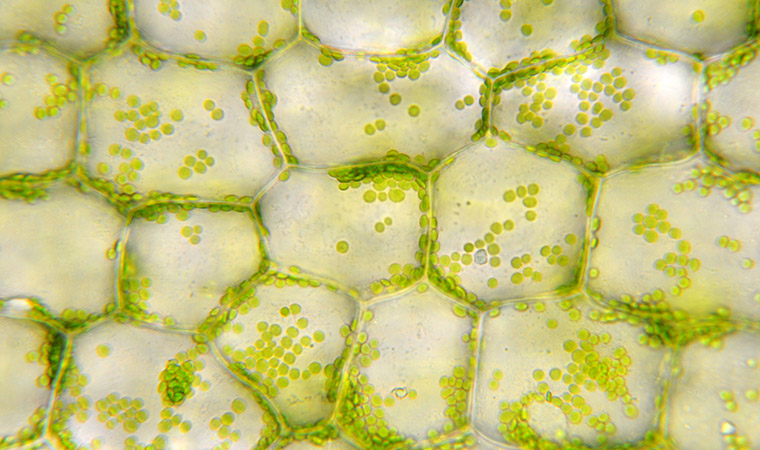
Fig. 1: Chloroplasts in plant cells of waterweed Egeria densa, carry chlorophyll which makes them green.
Color by plant stage
Plant material starts out as green because of the chlorophyll pigment that is found in chloroplasts, which are little organelles that powerhouse photosynthesis. As to be expected, chlorophyll pigment is in high demand throughout the vegetative stage and peaks right before the plant reaches flowering. During photosynthesis, plants make use of an enzyme called Rubisco. Rubisco is essential for plant production and requires nitrogen to function, which explains why it is important to feed a relatively high concentration of nitrogen during the vegetative stage.
Seasonal cool down
Around the fall season and as plants mature, other colors will start to show as chlorophyll production slows down. A decrease in temperature, whether seasonally induced or otherwise, also decreases activity in the chloroplasts and breaks down the chlorophyll pigment. This breakdown allows other pigments such as anthocyanins, which appear as blue, purple, and black, and carotenoids, which appear as red, orange, and yellow to dominate.
Changes to the pH also impact color, as neutral pH can enhance red/purple hues, acidic can lead to more pinks, and basic conditions can lead to more greens.
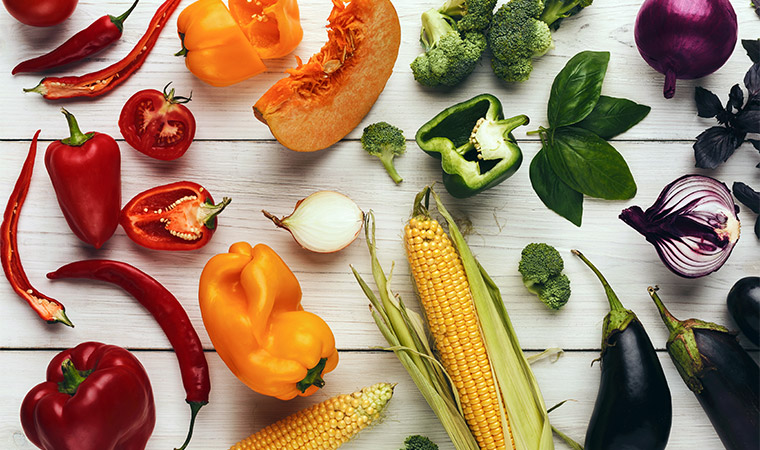
Fig. 2: The carotenoids and anthocyanins in produce offer abundant health benefits.
Plant protection
The reds, orange, and yellows from carotenoids certainly are beautiful and can provide some health benefits to the consumer (eat carrots to protect your eyes!) and at the same time, also can help protect the plant itself. Carotenoids help plants absorb solar energy and protect against free radicals.
Similarly, the blue, purple, and black tones from anthocyanins provide protection from ultraviolet light and in turn, UV light encourages the production of these protective elements and beautiful colors.
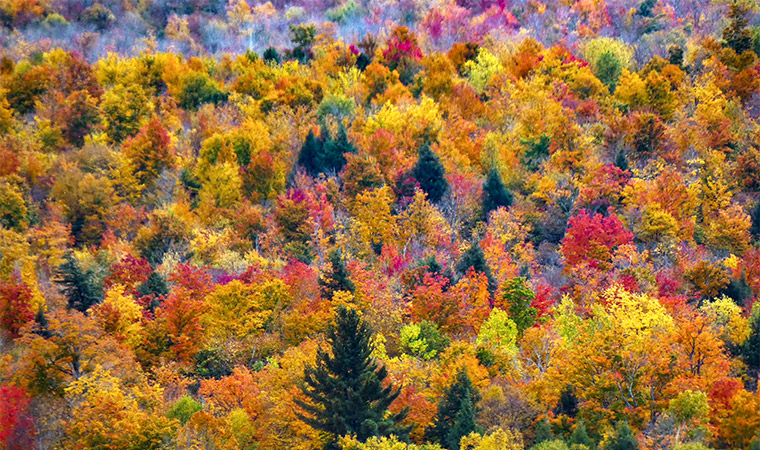
Fig. 3: A stunning blend of carotenoids and anthocyanins paint the trees in a tapestry of Fall colors.
Blending the color palette
While individual tones can be attributed to specific pigments, it is the blending of all of these pigments that lead to the final color tones that catch our eyes. The reds and pinks, for instance, are often due to the presence of both carotenoids and anthocyanins. Colors result from a combination of factors, too. Plant stage, nutritive program, lighting, temperature, pH, and of course a plant's hardwiring through genetics all contribute to the final colors that bedazzle our cornucopia.
Enjoy exploring the rainbow and as always, feel free to reach out with any questions that arise while on your journey!
